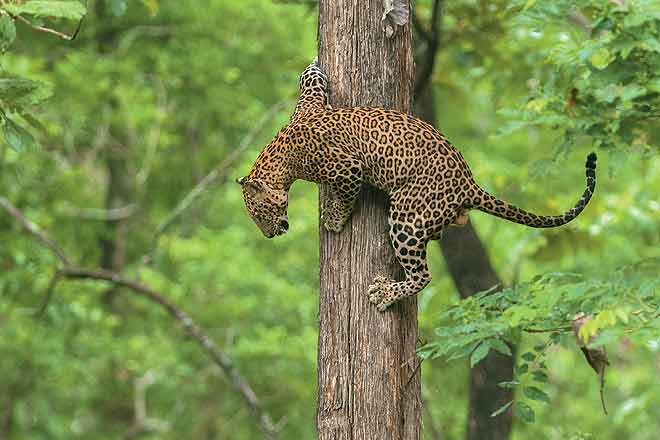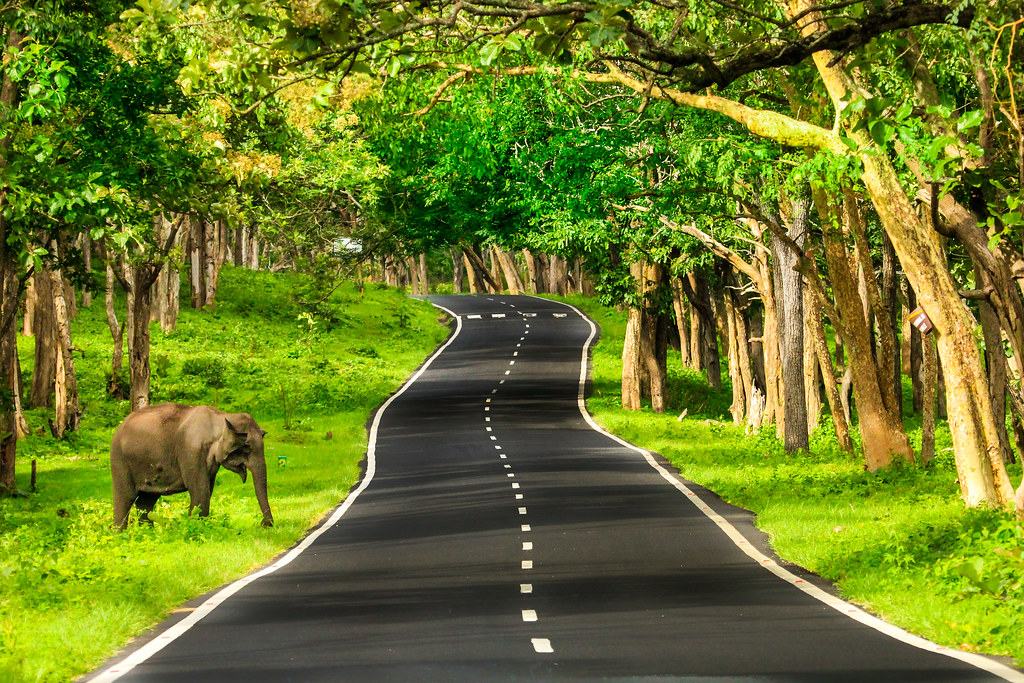Karnataka is a haven for nature lovers and wildlife enthusiasts, offering diverse landscapes that range from dense forests to lush river valleys. If you’re keen on exploring wildlife and birdwatching, the state’s various jungle lodges provide an ideal base. Here’s a list of the best jungle lodges in Karnataka where you can enjoy wildlife safaris, birdwatching, and immerse yourself in nature.
1. Kabini River Lodge – Nagarhole National Park
- Location: Kabini, Karnataka (near Nagarhole and Bandipur National Parks)
- Known for: Wildlife safaris, sightings of tigers, leopards, elephants, and excellent birdwatching opportunities.
- Highlights:
- Located on the banks of the Kabini River, this is one of the most renowned wildlife lodges in India.
- Offers Jeep safaris, boat safaris, and nature walks.
- The lodge is a hotspot for birdwatchers, home to species like the Malabar pied hornbill, Osprey, Crested serpent eagle, and kingfishers.
- Accommodation: Colonial-style cottages, tents, and rooms with all modern amenities.
2. Bandipur Safari Lodge – Bandipur National Park
- Location: Bandipur National Park, Karnataka
- Known for: Tiger and elephant sightings, wildlife safaris, and diverse birdlife.
- Highlights:
- Located within the Bandipur Tiger Reserve, the lodge offers Jeep safaris to see tigers, Indian elephants, and other wildlife.
- The park is home to around 200 species of birds, including the Indian roller, crested hawk-eagle, and peafowl.
- The lodge arranges guided birdwatching tours and nature walks.
- Accommodation: Comfortable rooms with modern amenities, set amidst nature.
3. Bheemeshwari Nature Camp – Cauvery Wildlife Sanctuary
- Location: Bheemeshwari, Karnataka
- Known for: Riverside location, birdwatching, and activities like fishing and trekking.
- Highlights:
- Situated on the banks of the Cauvery River, the camp offers a rich experience for birdwatchers with sightings of birds like the grey-headed fish eagle, osprey, and various kingfishers.
- It’s ideal for spotting animals like the Indian otter, marsh crocodile, and sambar deer.
- The camp offers coracle rides, fishing, and nature treks along the river.
- Accommodation: Log huts, tented cottages, and bamboo huts that offer rustic comfort.
4. K Gudi Wilderness Camp – Biligiriranga Hills (BR Hills)
- Location: BR Hills, Karnataka
- Known for: Wildlife safaris, rich flora and fauna, and a tranquil jungle experience.
- Highlights:
- Located in the Biligiriranga Hills (BR Hills) Tiger Reserve, the lodge offers excellent wildlife sightings, including gaur (Indian bison), elephants, and sometimes tigers.
- This camp is particularly famous for its birdlife, including species like the crested serpent eagle, Malabar trogon, and green imperial pigeon.
- Enjoy open-top Jeep safaris, guided birdwatching walks, and stargazing at night.
- Accommodation: Tents and log cabins that provide a rustic yet comfortable stay.
5. Sharavathi Adventure Camp – Sharavathi Valley
- Location: Sharavathi Valley, near Jog Falls
- Known for: Scenic beauty, birdwatching, and water-based activities.
- Highlights:
- Located near the backwaters of the Sharavathi River, this camp is perfect for birdwatching, with regular sightings of species like grey-headed mynas, Malabar whistling thrush, and brahminy kites.
- The surrounding forests and riverbanks are home to a variety of mammals, reptiles, and amphibians.
- The lodge offers coracle rides, kayaking, and nature treks.
- Accommodation: Well-equipped cottages with views of the Sharavathi backwaters.
6. Jungle Lodges and Resorts, Dandeli
- Location: Dandeli Wildlife Sanctuary, Karnataka
- Known for: White water rafting, wildlife safaris, and birdwatching.
- Highlights:
- Dandeli is a birdwatcher’s paradise, with over 300 species of birds, including the Malabar pied hornbill, great Indian hornbill, and black panther sightings.
- Jungle safaris, coracle rides, and rafting on the Kali River are popular activities.
- The forest is home to leopards, bison, elephants, and a wide variety of flora.
- Accommodation: Comfortable cottages and tents with eco-friendly designs.
7. Galibore Nature Camp – Cauvery Wildlife Sanctuary
- Location: Galibore, Karnataka (along the Cauvery River)
- Known for: Fishing, birdwatching, and serene river views.
- Highlights:
- This peaceful camp is perfect for birdwatching enthusiasts, with regular sightings of birds like the grey-headed fish eagle, green bee-eater, and various species of hornbills.
- It’s also an excellent place for fishing, with the famous Mahseer fish found in the Cauvery.
- Visitors can enjoy guided nature walks and coracle rides on the river.
- Accommodation: Tented cottages with basic amenities and scenic river views.
8. River Tern Lodge – Bhadra Wildlife Sanctuary
- Location: Bhadra Wildlife Sanctuary, Karnataka
- Known for: Wildlife safaris, water sports, and birdwatching.
- Highlights:
- Located near the Bhadra Dam and backwaters, this lodge is ideal for birdwatchers, offering sightings of species like the river tern (from which it gets its name), Malabar whistling thrush, and Indian cormorant.
- Bhadra Wildlife Sanctuary is home to tigers, leopards, elephants, and other wildlife, and the lodge arranges safaris for wildlife sightings.
- You can also enjoy water sports like kayaking and boating.
- Accommodation: Comfortable cottages and log huts with views of the backwaters.
9. Blackbuck Resort – Bidar
- Location: Bidar, Karnataka
- Known for: Blackbuck sightings, birdwatching, and scenic surroundings.
- Highlights:
- The resort is located near a blackbuck reserve, making it ideal for spotting these beautiful animals along with various bird species.
- The lake nearby attracts a range of birds, including herons, egrets, and spot-billed ducks.
- Guests can enjoy nature walks, photography, and tranquil boat rides.
- Accommodation: Lakeside cottages that offer stunning views of the surrounding landscape.
10. Kemmannugundi Hill Resort – Chikmagalur
- Location: Chikmagalur, Karnataka
- Known for: Scenic beauty, trekking, and birdwatching.
- Highlights:
- Located amidst the Western Ghats, this eco-friendly lodge is perfect for nature lovers, offering guided birdwatching trails with chances to spot species like the Indian pitta, black bulbul, and Malabar trogon.
- Chikmagalur is also ideal for trekking, with lush landscapes, coffee plantations, and waterfalls.
- The lodge offers various outdoor activities, including nature walks and camping.
- Accommodation: Cozy cottages set amidst coffee plantations and forests.
These jungle lodges in Karnataka offer an immersive experience in the wild, with abundant opportunities for birdwatching, wildlife safaris, and nature-based activities. Each lodge offers a unique experience, allowing you to explore the natural beauty and biodiversity of Karnataka’s varied ecosystems.



